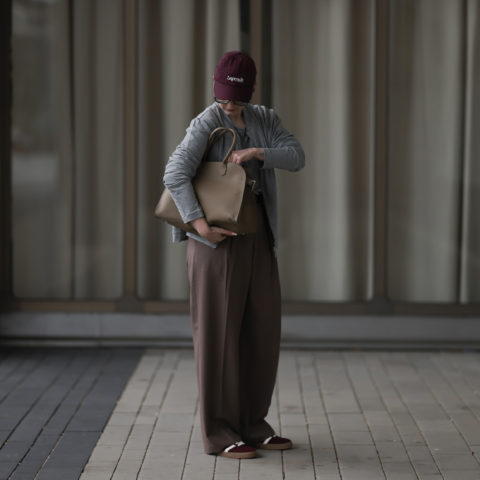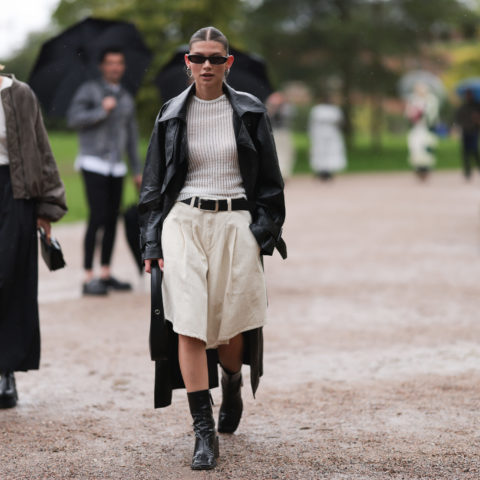Why I’m banning the word “tomboy”

This autumn, we’ll have the option of dressing like boys again.
If you do (and we’ve all been there), you’ll mention “tomboy” along the same names we’ve been bringing up since 2013. Names like Ruby Rose, Kendall Jenner, and anybody in high tops have religiously evoked the playful and androgynous spirit reserved for “relaxed” and/or “menswear-inspired clothing,” while the this year’s million or so red carpets saw an onslaught of tuxedos worn by the likes of Anna Kendrick, Charli XCX, and Amber Heard. So yep, on the surface, it looks “tomboy” is still a thing—even though I don’t think that’s true. What is true is an overdue disinterest in sticking to aesthetically-based gender norms in an era where everybody, including designers, are over it.
Backstage at a show in 2014, Miuccia Prada put it plainly: “I think to people, not gender.” And that same year, J.W. Anderson described putting male and female models on the same catwalk as more about gender fluidity than the “unisex” trend.
“Unisex is a dated concept,” he explained to Vogue. “Now it’s more about garments for garments’ sake. It all means the same thing, no matter if it’s a man or woman wearing it. They are a neutral zone.”
Can I get an alleluia Emoji hands-based amen? The reign of “tomboy” can’t end soon enough. Not only because clothes are merely clothes, but because the term carries certain connotations that make you feel self-conscious in whatever you’re wearing. If you’re a “tomboy,” you’re fun, free-wheeling, a real guy’s girl. Like the infamous speech in Gone Girl, you’re the girl who can eat hot dogs during football games, and you’re above the femininity typically reserved for fashion up until then. And if you’re not, you’re less than. You’re girly or you’re weak, and the minute you “slip” into a pair of heels is the day you hand in your cool-girl card. “Tomboy” (and its strange counterpart, “girly-girl”) allude to a sense of “us versus them.” As if being a person can be limited exclusively to an oppressive sense of gender norms.
And fortunately, the fashion industry seems to be on the same page. This season, we’ll see suits, trench coats, tweeds, plaids, and other pieces typically reserved for the menswear bracket. But unlike past years where we’ve been hung up on who should be wearing what (and what it means and who can wear it), the likes of Theory’s knits or Ralph Lauren’s vests are now a staple. Looks like these aren’t just an option, they’re woven into the fibres—no pun intended—of our wardrobe: I mean, classic menswear got a few things right, so why wouldn’t we adopt it for ourselves? It’d be a waste not to.
It’s no secret that we dress to armour up or to highlight aspects of ourselves we’d like to showcase. (Whether it be our personalities, like/dislike of colour, or psyched-ness over platforms.) So in an era in which we’re finally moving past the idea that gender is rigid and absolute, it makes sense that fashion (an industry based on progression) follows that same lead.
Clothes are wonderful, and they are interesting, and trends are great — but those interesting and wonderful trends should be exactly as hung up on gender as the people who wear them. Dressing in a style typically reserved for men is no more powerful than donning chiffon, and clothes are only what we make them. “Tomboy” should have no meaning here.







